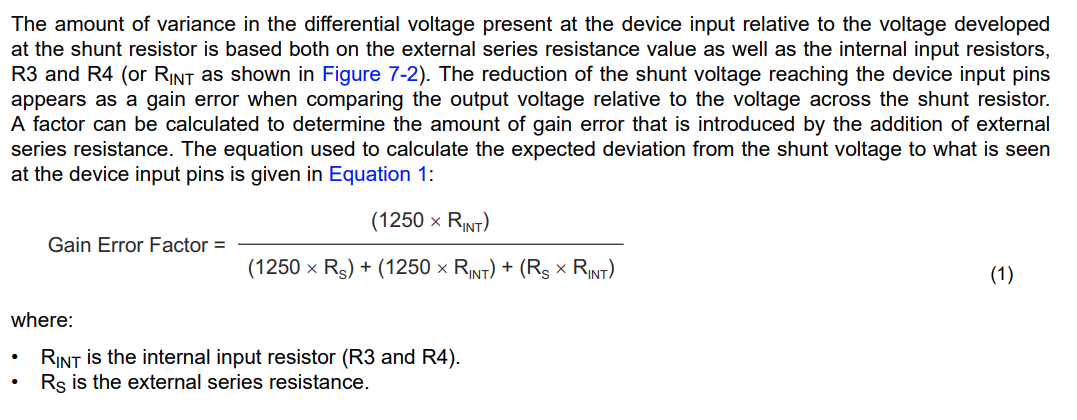Tool/software:
We are struggling with the INA199A1DCKR.
We are using the IC to measure the current coming from a DCDC converter (0V up to 19V) through a 0R025 resistor, see the following picture:

Additionally the output OUT2.10 can be switched ON and OFF with the MOSFET V1101.
We are getting devices back from the field due to broken resistors (10 Ohm) and sometimes also 24V Z-Diodes (22.8V@5mA).
Could you give us an hint how we could improve our circuit to manage surge pulse (ideally 2kV with 40 Ohm in serie) coming from OUT2.10?
We suppose that one weak point is varistor R1129 (Vclamping 67V), otherwise we cannot see other improvements.


